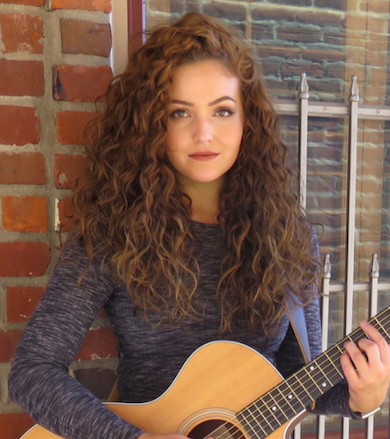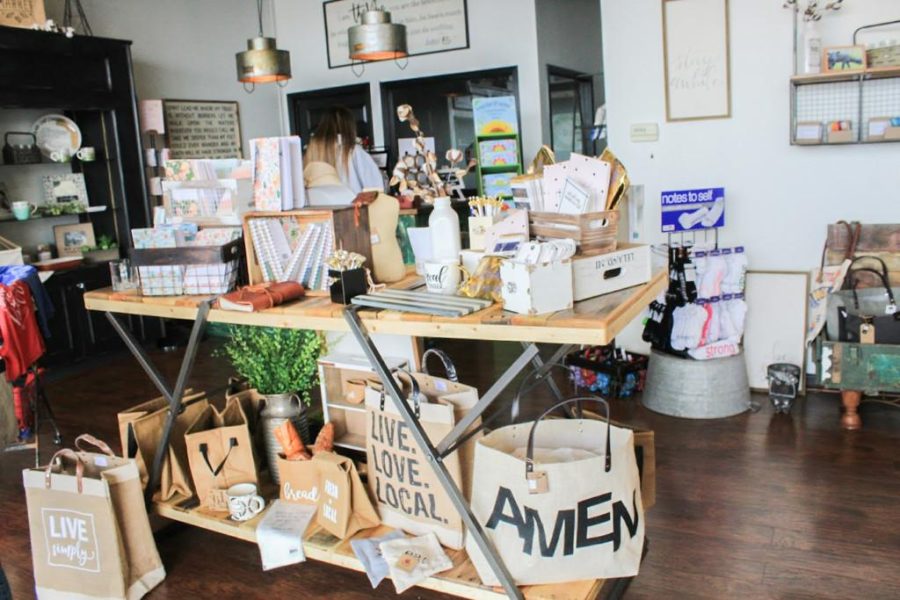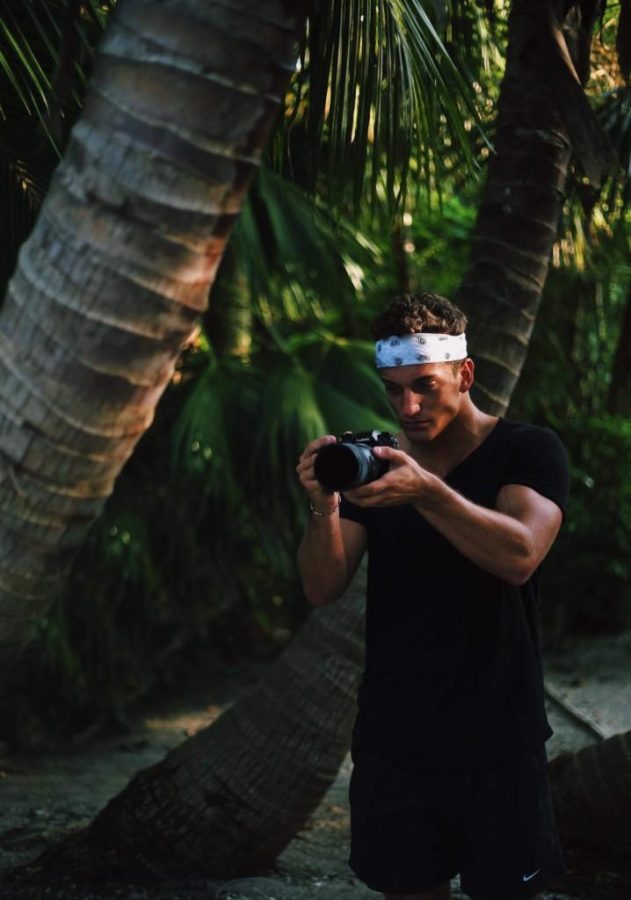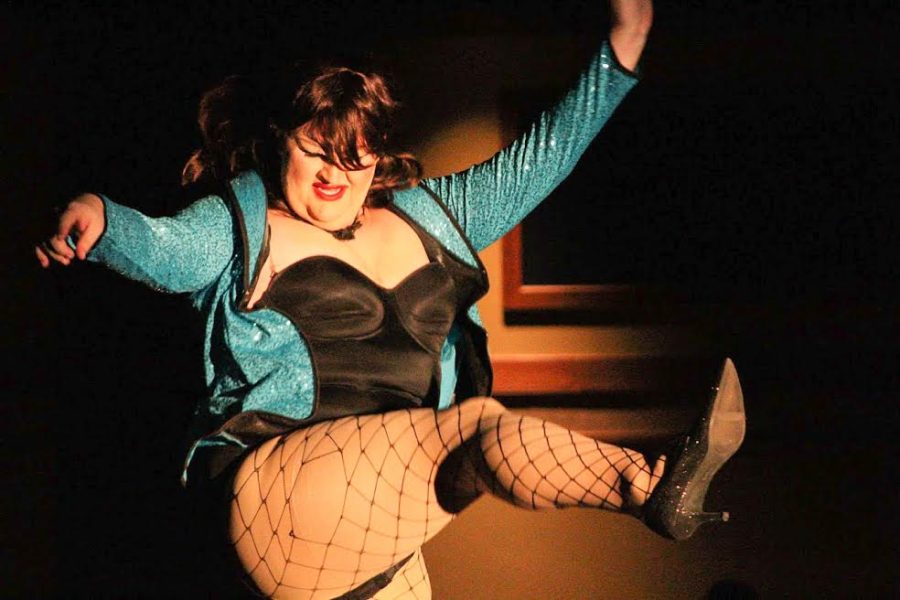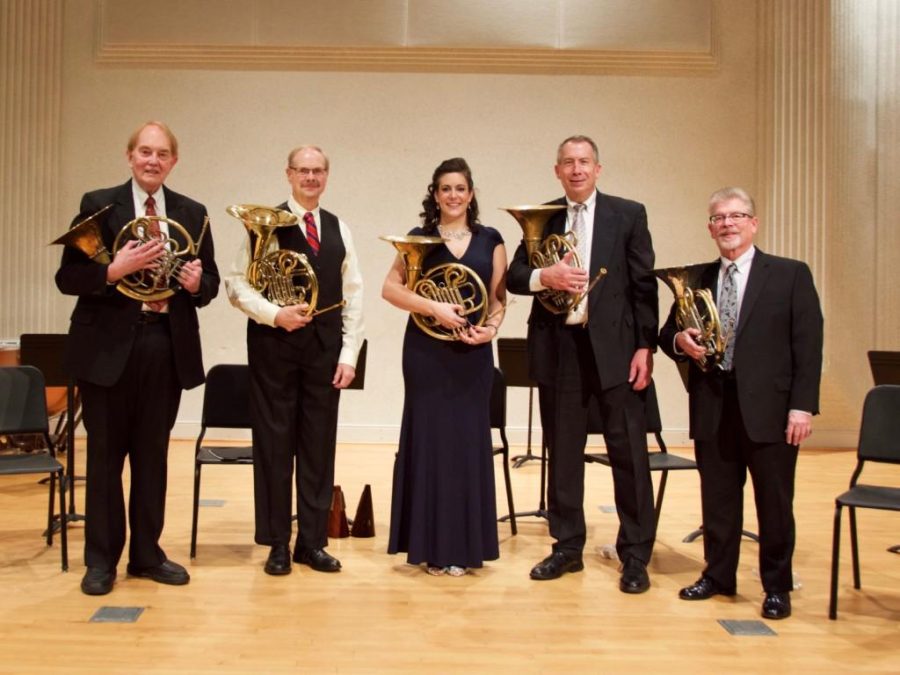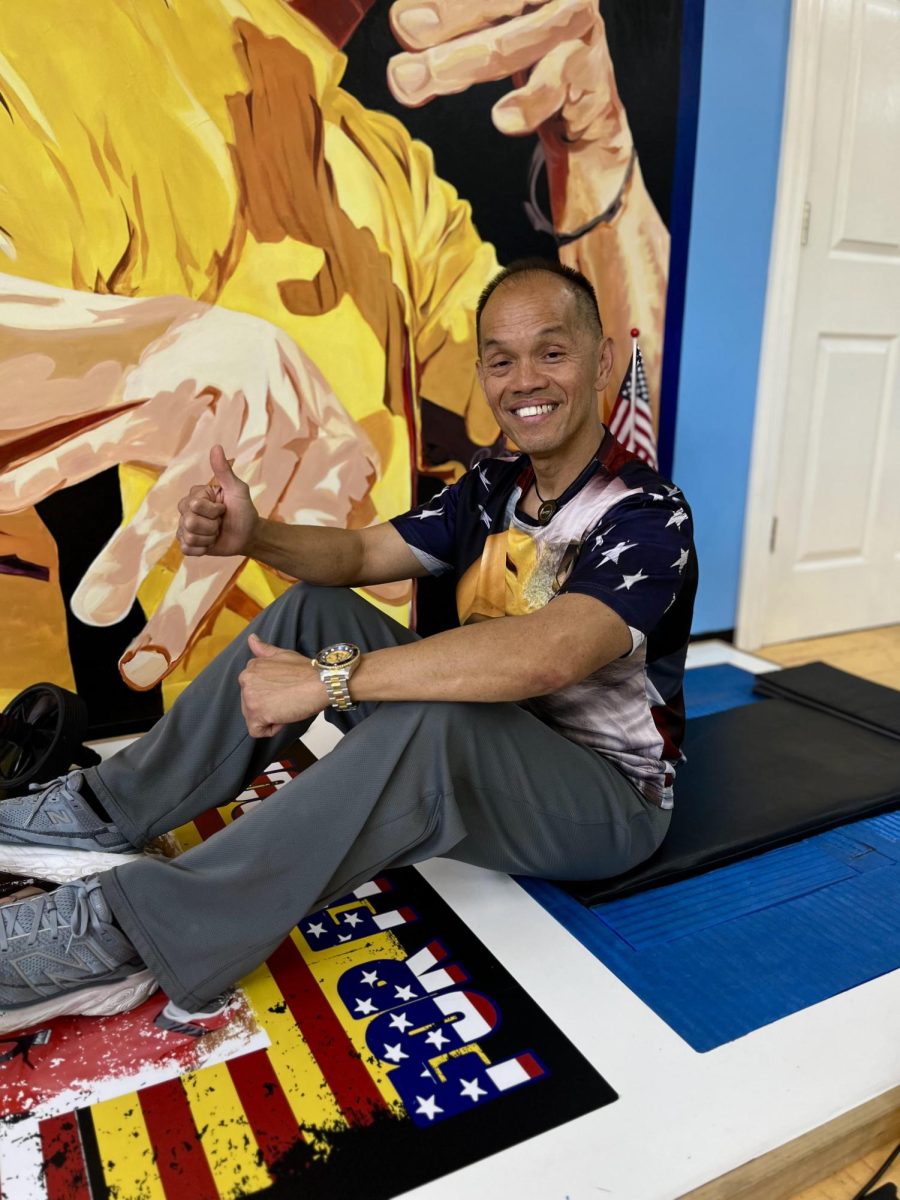Since 1976, each U.S. president has designated February as Black History Month, when the nation honors the role of black people in American history. Alex Smith, a senior at Murray State who is a McNair Scholar, the vice president of the local NAACP chapter, a member of the Office of Multicultural Affairs leadership team, the Psychological Honors Society and the Psychology club, a recipient of the Marvin D. Mills Diversity scholarship and a black woman from Louisville, Kentucky, recently sat down with The News, shared her thoughts about Black History Month and gave us a glimpse of her experience growing up identifying as a racial minority in America.
What did your parents teach you about black history growing up?
My Dad was born in 1950, so he grew up during the Civil Rights Movement. He went to segregated schools up until high school. My dad is a very proud black man. He always taught me about black pride and excellence, and he is very much of the school of thought that education is a way of elevation and bringing yourself to a higher standing.
As far as being in a pro-black household, a couple of things were interesting. All the paintings in our house are from black artists, and they are of people of color. There’s a ‘Daniel in the Lion’s Den.’ He’s a man of color. There’s a portrayal of Mona Lisa, but she’s Native American.
That’s to give representations of black beauty, black shades and people of color. I also wasn’t allowed to have white Barbie Dolls as a child. I could have any culture Barbie Doll because, in the children’s movies and representations of princesses, most of them are white. My dad knew that I had seen representations of white beauty, but I didn’t necessarily have representations of women of color, so that was the intention behind that.
I’m appreciative of the fact that my parents wanted to embed black beauty and make me understand that while it’s okay to have representations of white beauty, it’s by no means okay to only be immersed in white beauty. Beauty can look like me just as much as it can look like anyone else.
I feel like I’ve always grown up with conversations about blackness, conversations about how my dad grew up, conversations about what it means to be black in America; the strength in it, the beauty in it, the resiliency, that comprises being able to say I’m black. I think that’s the beauty of blackness: it’s not necessarily when you say someone’s black you’re referring to a specific culture, you’re not at all, you’re referring to an experience. I think that’s one of the things that I love. To be black is an experience. It is not a culture. It is not a race.
How did attending a predominantly black high school shape your understanding of the black experience in America?
At first I hated it, because I was used to being around diversity. I was in schools where people came from different continents and spoke different languages, then in high school, it was 80 percent black, and 90 percent of the school was on free and reduced lunch. I appreciate that experience now, because it allowed me up understand different experiences with blackness. They were still African American, because a lot of those students were facing double oppression of being poor and black or living in an area where poverty and crime are close. It gave me a different experience of understanding other African Americans that may not have been raised in a two-parent, middle class household like I was, and once again it shows the beauty in having different experiences in African American blackness.
What’s most important to you about Black History Month?
What is most important to me is we have a month that is celebrated and noted. I think aside from that, I really appreciate the way in which Black History Month is eclectic. No matter who we’re talking about… Martin Luther King, Malcolm X, Nelson Mandela… we can celebrate all black culture and all of their strides. We take it from multiple facets, so it’s not just activists or politicians, which are duly noted, but it’s also doctors, inventors, nurses, entrepreneurs and writers.
To what extent do you feel Murray State appreciates diversity on campus?
In my four years here, I feel like Dr. Davies has done a really great job with saying, “Hey, we should be paying attention to diversity.” I think that there’s still work to be done, for sure. It’s important for people to find that community where they can feel at home. Where I would like to see Murray State go is to bridge those gaps between the diverse groups of people we have here. That’s where the work comes in. It’s like we come here and we find a community, but that community becomes a microcosm. Not to say some of the offices aren’t working toward that–I believe they are. I would like to see people stop having only microcosms, we need those, but we need a macrosystem, a mosaic, as far as making a bigger picture of splashes of color and experiences that are different and integrating those experiences to make one big picture.


























































































